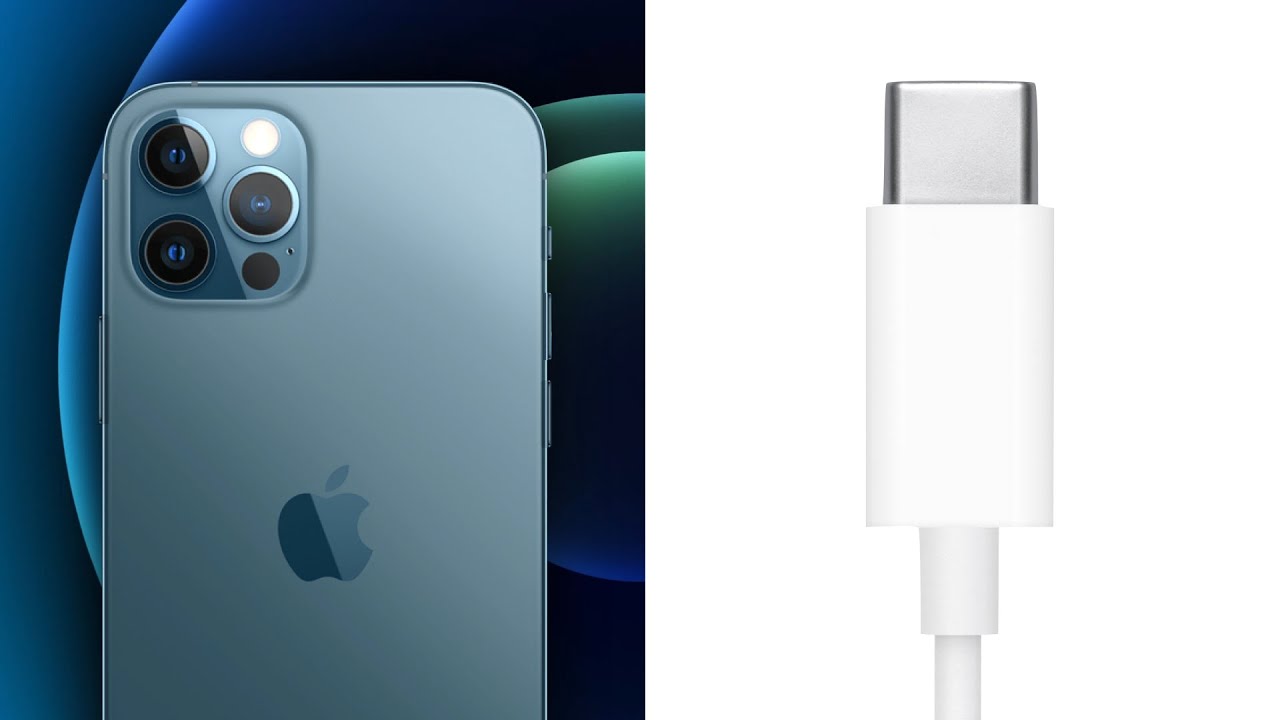In the past five years, USB-C has become thego-to connector for a broader range of designs. Its spend on most android telephones , notebooks, tablets, competition consoles, headphones, and even supplementaries like mouse, keyboards, and externalstorage drives. But when it comes to Apples most popularproduct, the iPhone, USB-C has yet to be adopted. Instead, every model of iPhone still usesa Lightning connector that was introduced eight years ago with the iPhone 5. This has already led parties to wonder why Apple hasnttransitioned the iPhone to USB-C, especially for a company who has a reputation of beingthe first to adopt new standards. So in this video, Im going to explain whyApple hasnt transitioned the iPhone to USB-C, and what that means for their useds. This is Greg with Apple Explained, and youguys elected this subject into second place in the last poll. If youd like to help decide what topicsI cover in the future, dont forget to subscribe and surveys like this one will begin appearingin your portable pleasure feed.Alright now why would Apple, the company whoadopted USB-A before anyone else with the original iMac, take so long to produce USB-Cto their smartphones? Its quite quirky, extremely consideringtheyve already included it in their iPad and Mac lineup. Well, the answer lies in a narration that beginsin 2010, when Apple was developing the iPhone 5. The device would be twelve percent smallerby volume compared to the previous 4S. Which implied the great 30 -pin connector neededto be replaced by something smaller in order to free up space for other ingredients. At the time, Apple was helping to developthe USB-C standard with other companionships like Intel, Microsoft, and Samsung. But the brand-new connector wouldnt be readyuntil 2014. Two years after the iPhone 5s release. So because of the bad timing, Apple was forcedinto a corner. They could either keep the 30 -pin connectorfor another two contemporaries and relinquish the iPhone 5 and 5s pact patterns. Or they could create their own proprietaryconnector and motive fragmentation within is not simply the smartphone industry, but their ownproduct ecosystem. It was a lose-lose proposition, but Applewent with the latter option. That decision not only cause a huge amountof backlash from users in 2012, “whos” frustrated that Apple made all of their previous iPhoneaccessories obsolete, but its still causing them issues to this very day. For example, when USB-C was ready to go in2 014, Apple wasnt in a position to transition the iPhone lineup a second time, only twoyears later. They knew they had to stick with lightningfor as long as possible, or else they would be in for a PR nightmare.So they persisted, and when the AirPods wereintroduced in 2016, Apple was forced to use the same connector as the iPhone, since thetwo products were designed to be used together seamlessly. So Lightning was introduced to yet anotherproduct line. One that would expand into the AirPods Proand AirPods Max, which too had to use Lightning to maintain consistency between prototypes. Its almost like there was a smaller iPhoneecosystem that existed within the larger Apple ecosystem.Because while the iPhone and its accessoriescontinued to use Lightning, almost every other Apple product adopted USB-C. The MacBook linebegan transition periods in 2015, the iPad line in 2018, and the Mac Pro in 2019. You likewise have to consider the other controversialchanges Apple prepared with the iPhone in previous years. They removed the headphone jack in 2016, andthey removed the wall adapter from the iPhones packaging in 2020. Both of these decisions stimulated perhaps evenmore backlash than the transition to Lightning in 2012, and compelled Apple to think twice beforemoving to USB-C, which would only add fuel to the fire. So how can we expect Apple to resolve thisconnector fragmentation issue in the future? Well, rumors are suggesting that it wontbe resolved, since Apple isnt planning on transitioning the iPhone to USB-C at all. Instead, theyre exploring the possibilityof removing the connector from particular iPhone models only. And there are benefits to this approach. A smartphone with no port would be more waterresistant since its framework could be completely sealed off. And it would be more durable.Since putting and removing a connector thousandsof durations can cause wear, escalation of junks, and contact questions. But how would the phone be charged withouta port? Well, Apple has already implemented a solutionwith the iPhone 12 lineup. The simulates have something called Magsafe, which is essentially a Qi wireless charger surrounded by a echo of magnets. This utters the charge know-how very similarto an Apple Watch, a device that also happens to be port-less. And if Apple wants to include wireless datapass through, there is an opportunity simply acquire the Smart Connector from the iPad. Everything Apple needs to create a port-lessiPhone already exists, and it only seems to be a matter of time before they form the transitionaway from wired connectors entirely.At that degree, I fantasize each category of Appledevice will of their own unique methods of charging. Their computers and iPads, which Apple hasbeen calling computer replacements regardles, will feature USB-C. Their mobile manoeuvres likethe iPhone and Apple Watch will feature opportune grab-and-go magnetized wireless accusing. While supplements like the AirPods, MagicMouse, and Magic Keyboard, will continue to use Lightning. With wireless charging accessible when possibleas a accessibility aspect. This approach performs the most sense to me, but well have to wait and accompany what decisions Apple stimulates with the exhaust of new productsin the near future. Alright people thanks for watching until theend, dont forget to subscribe to help decide which topics I plaster, and Ill see you inthe next video.





